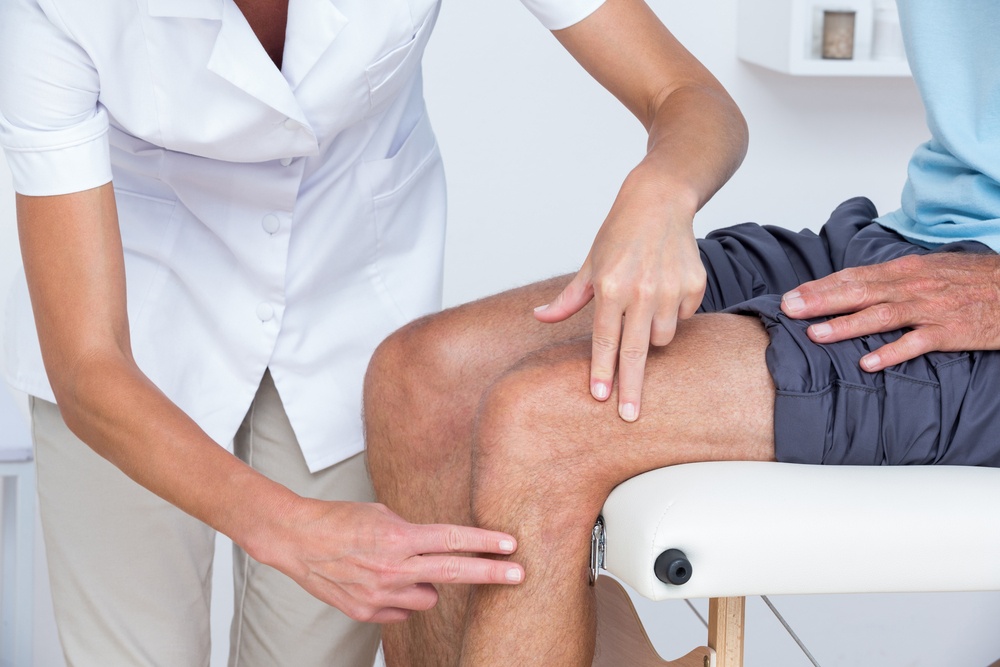The very most common reason for knee pain that any orthopedic surgeon sees is Patella Femoral Pain Syndrome (PFPS). Miraculously, it is the least understood knee condition. I’m sure nearly all of you have had some component of this condition but many of us suffer with it on a consistent basis. The most common complaint with PFPS is a vague pain at the front of the knee or around the kneecap. The onset is gradual with no distinct trauma. The pain is often evident during using stairs or sitting for a long period time and then having to get up. Squatting and kneeling may be especially painful. Often, runners experience a variant of this condition called Runner’s Knee, and they experience pain during or after the run. Young adults are most commonly afflicted and ladies are more prone than men.
There is no definitive agreement in the literature regarding the cause. Some theorize that the pain is caused by roughening of the cartilage under the kneecap (patella). Peculiarly, many patients will suffer pain when there is no distinct damage to the cartilage at all. Some of the proposed factors that causes PFPS are muscle weakness, the leg being non-aligned or the patella not tracking properly in the groove.
The initial treatment for PFPS should always be conservative; that includes physical therapy and anti-inflammatory medications. Often, it may take months to see complete resolution of the pain and it is not uncommon that patients need to return to physical therapy for a so-called “tune-up”. Physical therapy focuses on quadriceps strengthening and core stabilization. I encourage my patients to incorporate the exercises taught in physical therapy, into their own everyday life. It must become integral in the patients’ regular routine. Surgery is rarely indicated unless the patient suffers from significant non-alignment or very poor patella tracking where the patella recurrently dislocates (comes out of its groove).
The fact of the matter is that millions of people suffer from Patella Femoral Pain Syndrome (PFPS) and we have not fully concluded the cause. We do know, though, that physical therapy and exercises focusing on quadriceps strengthening are very effective in managing the pain.




